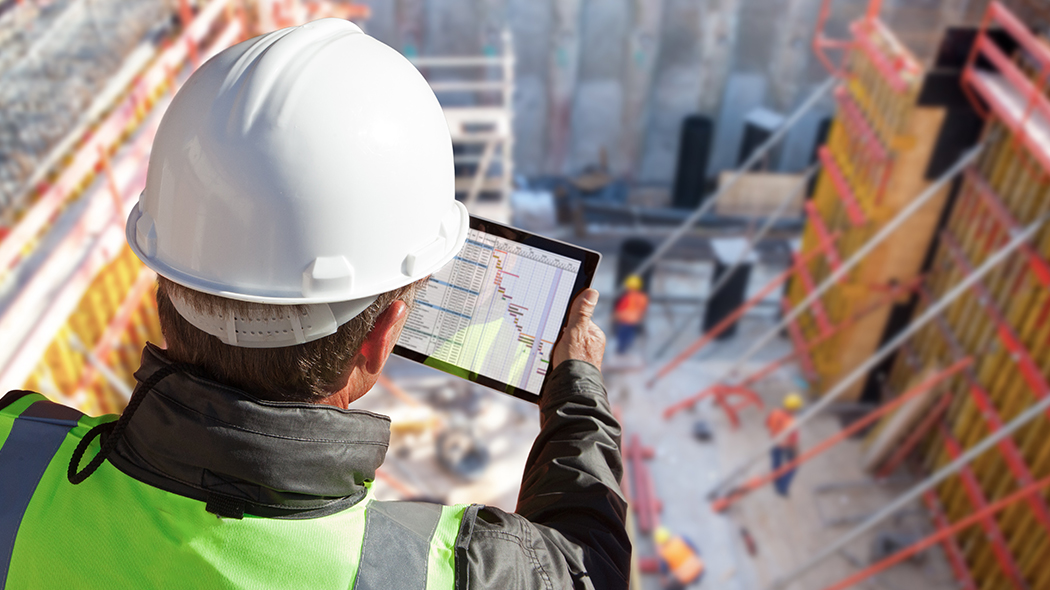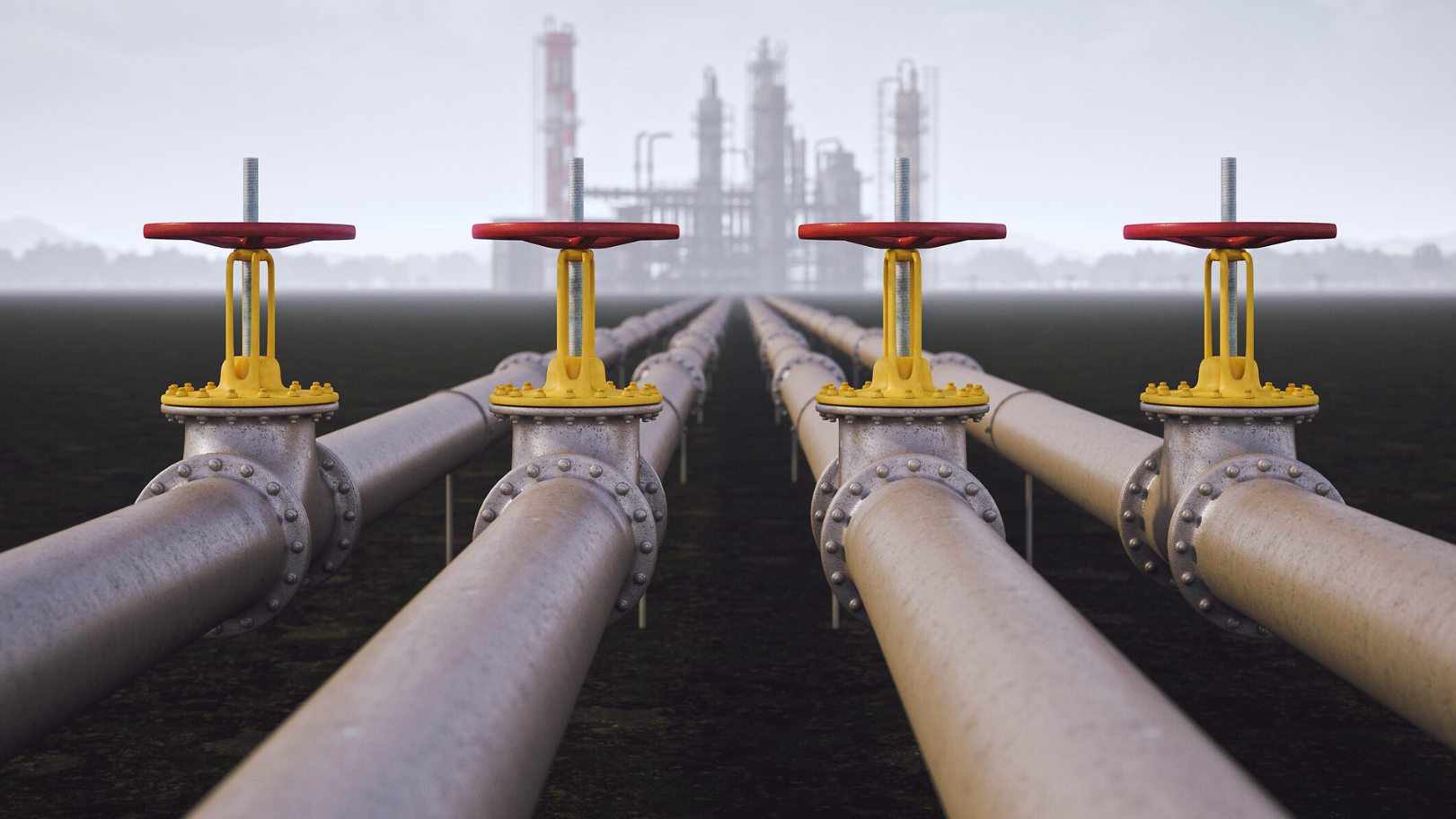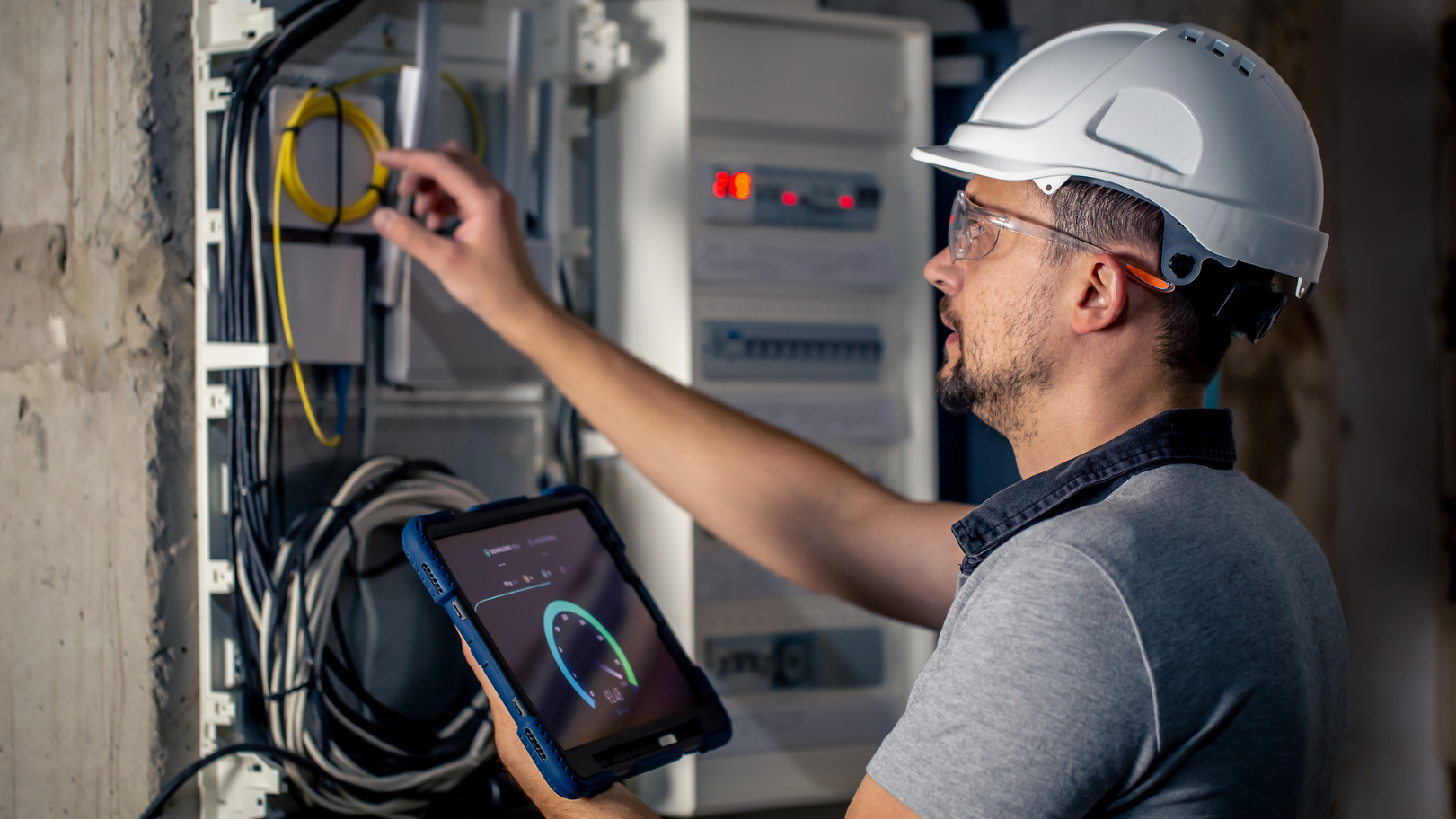All Under Control on Connected Construction Site
02.02.2022 by Ümit Günes

From time recording and location of tools, equipment and vehicle fleet to securing the excavation pit, many construction site operations can already be digitized.
At an amazing speed the two-hundredweight printer head moves with astonishing precision along the ground plan laid down by the computer, adding one layer of concrete after another until the interior wall is finished. A few weeks later, after around 100 hours worked, construction of the first house built entirely by a 3D printer has been completed. Once only, three specialists visited the site to set up and monitor the machine. Is this the future of construction?




